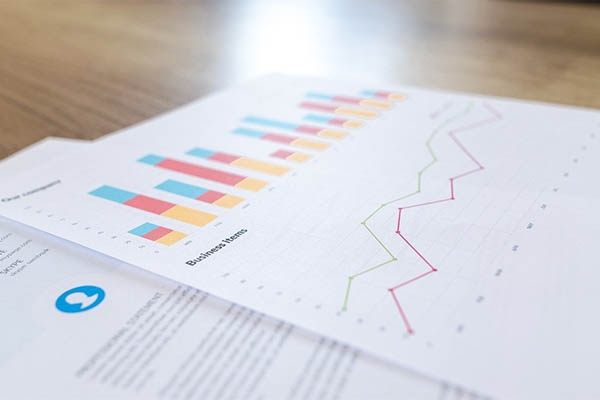“Should you index at least some of your portfolio? This is up to you. I only suggest that you consider the option. In the long run this boring approach can give you more time for more interesting activities such as music, art, literature, sports, and so on. And it very well may leave you with more money as well.”
So spoke Nobel Prize winning economist William F. Sharpe in a recent speech. He reminds us, once again, that some very smart people think passive investing is a winning strategy. In fact, Professor Sharpe might have spoken more vigorously if he had seen a new report from Standard & Poor’s.
The report, which will be issued regularly, is a scorecard that compares the performance of actively managed funds against the different Standard & Poor’s indexes. This one tells us that most managed funds failed to beat the index against which they are measured over the last five years— exactly when managers and their marketing departments have been proclaiming that index investing is a misleading fluke.
I’ll bet heavy money that this report becomes a major source of annoyance to the money management community. Let me tell you why.
This sort of measurement has been done many times over the last 30 years by academic researchers. The broad finding is almost always the same: professionally managed portfolios seldom do better than an index because manager stock picking skill can’t overcome the fees and other costs associated with active management. Other studies show that most research understates the performance problem because it doesn’t take survivor bias into effect— the fact that all the “did not finish” horses were poor performers.
This information, when published at all, appears irregularly in small journals with circulations of 5,000 or less. You can find it next to other articles with titles like, “Pricing Credit Derivatives with Rating Transitions.” Between its irregularity and its obscurity, information like this doesn’t travel far.
The new S&P report will change that. The new report also offers two innovations as well as the regularity of quarterly publication. First, they are measuring the performance of managed funds in two ways— as equally weighted averages and as asset-weighted averages. The asset-weighted average will put more emphasis on the big pools of managed money because the $58 billion Fidelity Magellan fund will contribute 1000 times as much to the average as the $58 million PBHG Disciplined Equity fund.[i] The asset-weighted measure will provide an average that is closer to what most people actually experience in managed funds.
Second, they are making allowances for “survival bias” by considering the number of funds that were closed or merged during the measurement period.
So what did the first report find?
A worrisome mutual fund death rate.
Over the five years ending September 30, some 16.2 percent of all domestic equity funds disappeared. Among large capitalization blend funds— the kind most like the S&P 500 Index— 23.6 percent of all starters failed to finish. At those rates, the life expectancy of a mutual fund is somewhere between 21 and 31 years.
Over the preceding 5 years, which included both bull and bear market years, the asset weighted return of all domestic managed funds trailed the S&P SuperComposite 1500 Index by 1.7 percent a year. Nearly two-thirds of managed funds (62.3 percent) failed to beat the index. Similarly, 62.9 percent of all large cap funds— the ones measured against the S&P 500 Index— failed to beat the index and 67.3 percent of all small cap funds failed to beat the S&P Small Cap 600 Index.
And what happened to the mid-cap managed funds?
A disaster. While the S&P MidCap 400 Index gained 5.4 percent a year, the asset weighted average of all the managed mid cap funds lost 1.3 percent a year. Fully 93.2 percent failed to beat their index. The figures are shown in the table below. More complete figures, by growth and value segments, are available on the S&P website.
| In 5 Years of Bull and Bear Market, Managed Funds Fail to Beat Their Bogies | ||
| This table compares the asset-weighted performance of domestic equity funds against a comparable S&P index | ||
| Domestic Market Segment | 5 Year Annualized Return | Percent Beaten by Index |
| S&P SuperComposite 1500 | -1.2% | |
| —All Domestic Funds | -2.9% | 62.3% |
| S&P 500 Index | -1.6% | |
| —All Large Cap Funds | -2.9% | 62.9% |
| S&P MidCap 400 Index | 5.4% | |
| —All Mid Cap Funds | -1.3% | 93.2% |
| S&P Small Cap 600 Index | 0.8% | |
| —All Small Cap Funds | -1.3% | 67.3% |
Source: Standard & Poor’s
This information is distributed for education purposes, and it is not to be construed as an offer, solicitation, recommendation, or endorsement of any particular security, product, or service.
Image by David Schwarzenberg from Pixabay
(c) Scott Burns, 2022
